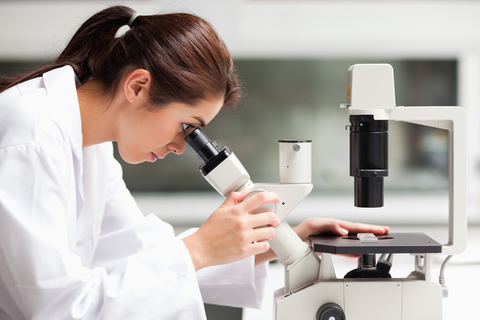Superbug fighting soil found in Irish churchyard

Researchers analysing soil from Ireland long thought to have medicinal properties have discovered that it contains a previously unknown strain of bacteria which is effective against four of the top six superbugs that are resistant to antibiotics, including MRSA.
Antibiotic resistant superbugs could kill up to 1.3 million people in Europe by 2050, according to recent research. The World Health Organisation describes the problem as “one of the biggest threats to global health, food security, and development today.”
The new strain of bacteria was discovered by a team based in Swansea University Medical School, made up of researchers from Wales, Brazil, Iraq and Northern Ireland. They have named the new strain Streptomyces sp. myrophorea.
The soil they analysed originated from an area of Fermanagh, Northern Ireland, which is known as the Boho Highlands. It is an area of alkaline grassland and the soil is reputed to have healing properties.
The search for replacement antibiotics to combat multi-resistance has prompted researchers to explore new sources, including folk medicines, a field of study known as ethnopharmacology. They are also focusing on environments where well known antibiotic producers like Streptomyces can be found.
One of the research team, Dr Gerry Quinn, a previous resident of Boho, had been aware of the healing traditions of the area for many years. Traditionally a small amount of soil was wrapped up in cotton cloth and used to heal many ailments including toothache, throat and neck infections. Interestingly, this area was previously occupied by the Druids, around one thousand five hundred years ago, and Neolithic people four thousand years ago.
The main findings of the research were that the newly identified strain of Streptomyces:
- Inhibited the growth of four of the top six multi-resistant pathogens identified by the World Health Organisation as being responsible for the healthcare-associated infections Vancomycin resistant Enterococcus faecium (VRE), methicillin-resistant Staphylococcus aureus (MRSA), Klebsiella pneumonia, and Carbenepenem-resistant Acinetobacter baumanii
- Inhibited both gram positive and gram negative bacteria, which differ in the structure of their cell wall, usually gram negative bacteria are more resistant to antibiotics
It is not yet clear which component of the new strain prevents the growth of the pathogens, but the team are already investigating this.
Professor Paul Dyson of Swansea University Medical School said “This new strain of bacteria is effective against 4 of the top 6 pathogens that are resistant to antibiotics, including MRSA. Our discovery is an important step forward in the fight against antibiotic resistance. Our results show that folklore and traditional medicines are worth investigating in the search for new antibiotics. Scientists, historians and archaeologists can all have something to contribute to this task. It seems that part of the answer to this very modern problem might lie in the wisdom of the past.”
Gerry Quinn said “The discovery of antimicrobial substances from Streptomyces sp.myrophorea will help in our search for new drugs to treat multi-resistant bacteria, the cause of many dangerous and lethal infections. We will now concentrate on the purification and identification of these antibiotics. We have also discovered additional antibacterial organisms from the same soil cure which may cover a broader spectrum of multi-resistant pathogens.”
The research was published in Frontiers in Microbiology.
This article is taken from a press release by Swansea University.








